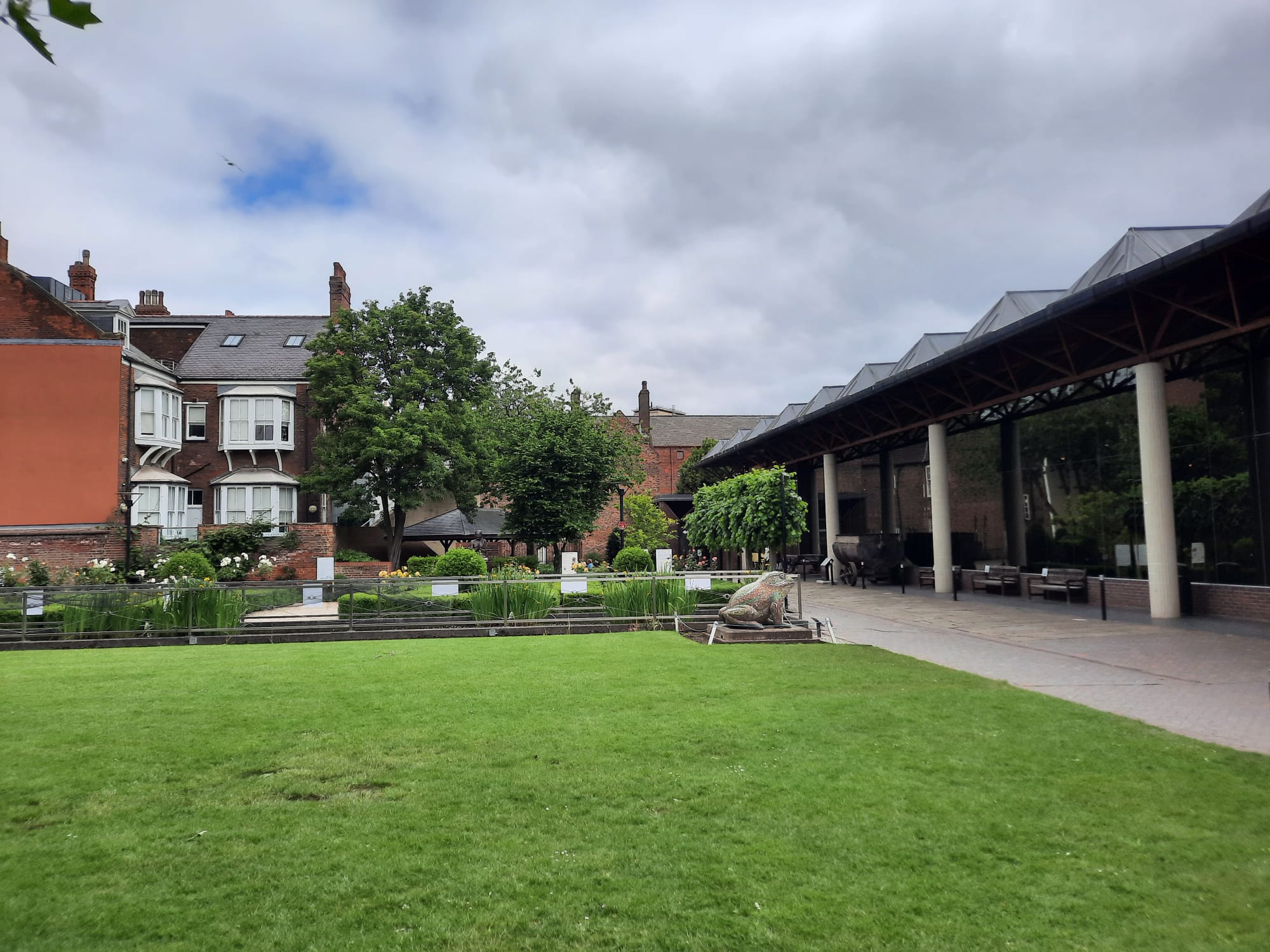Streetlife Museum of Transport, Hull
Both fun and educational, Hull’s Streetlife Museum of Transport takes visitors back in time by looking at different modes of transport and how they have shaped life on the city’s streets.
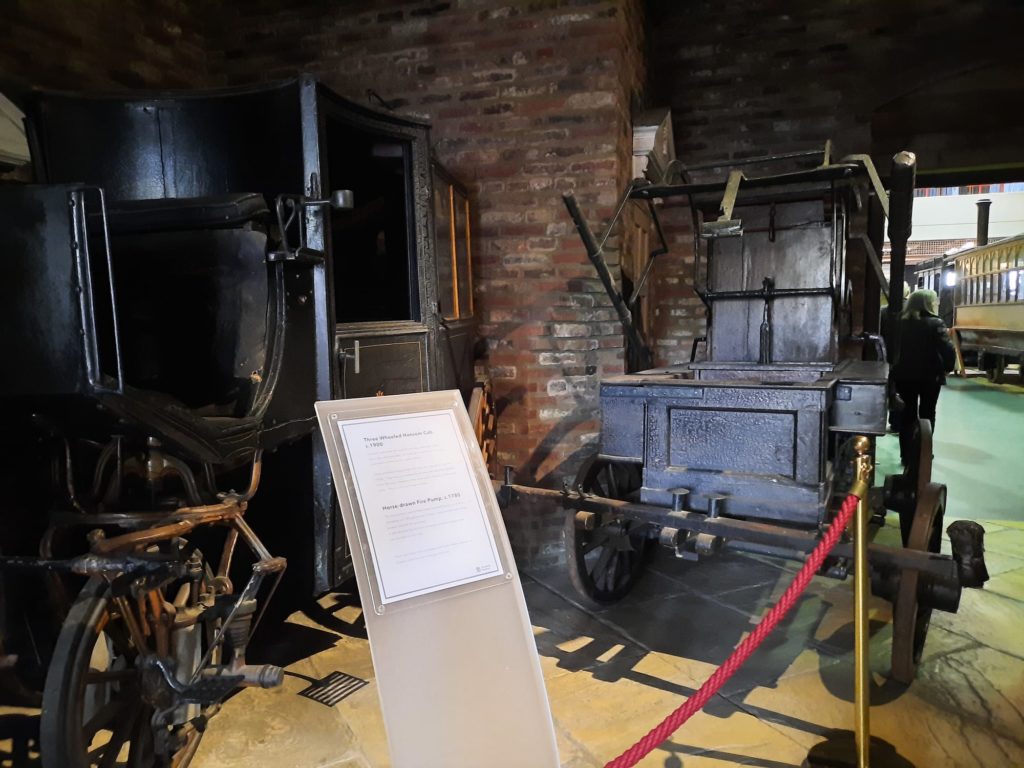
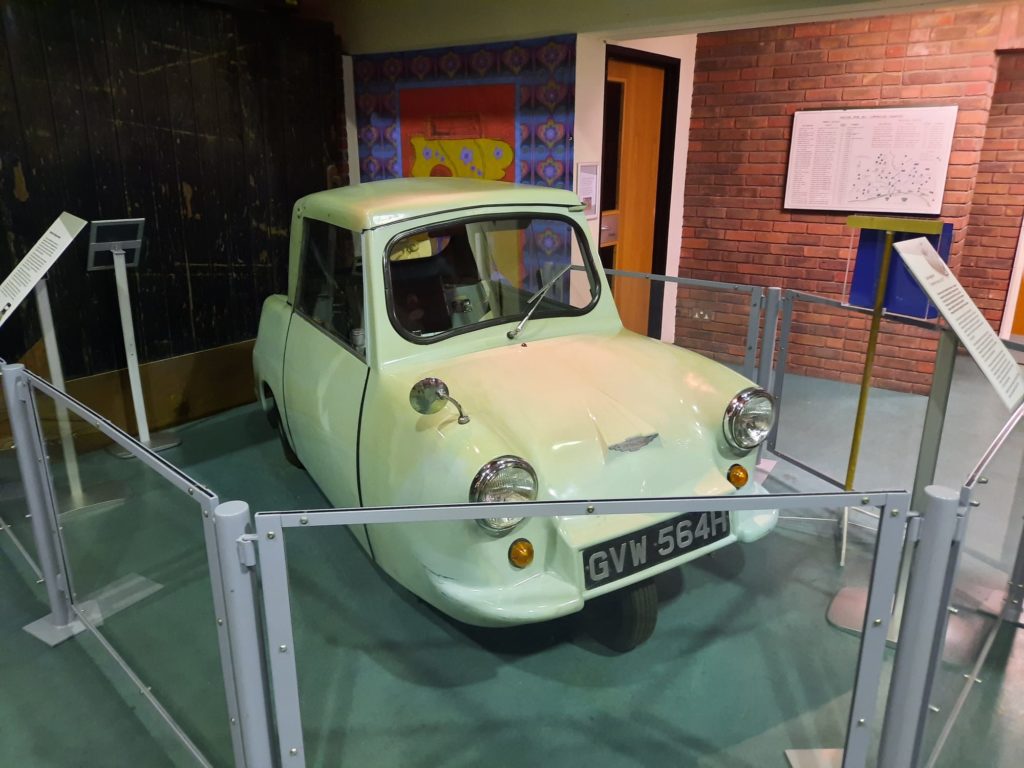
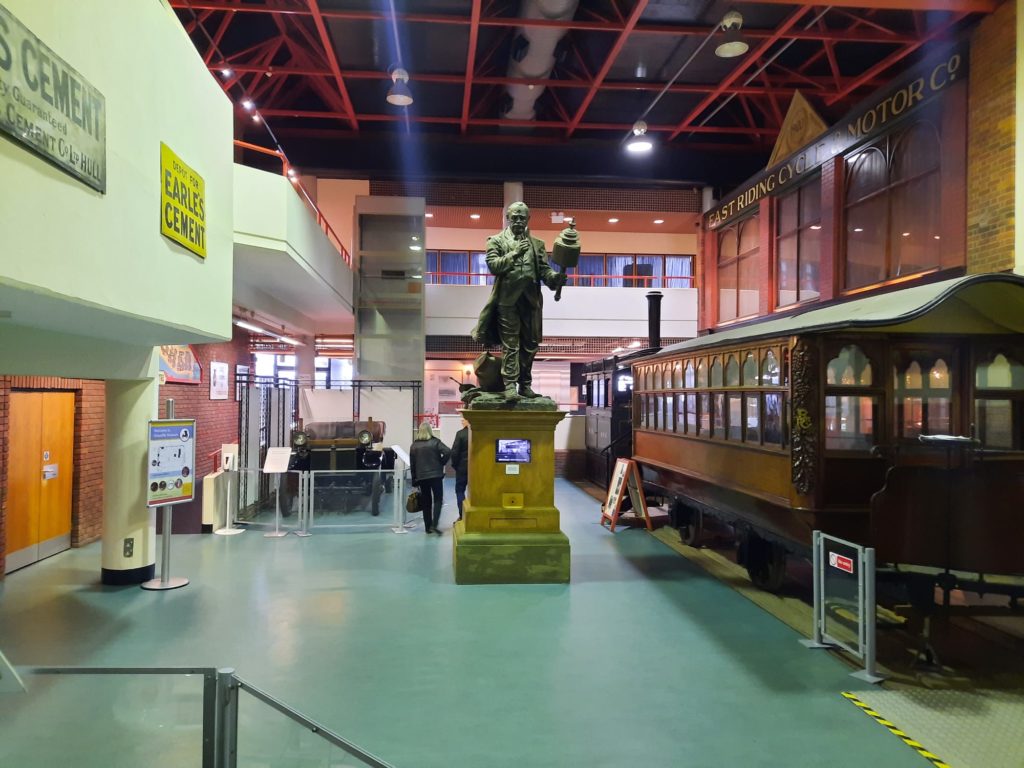

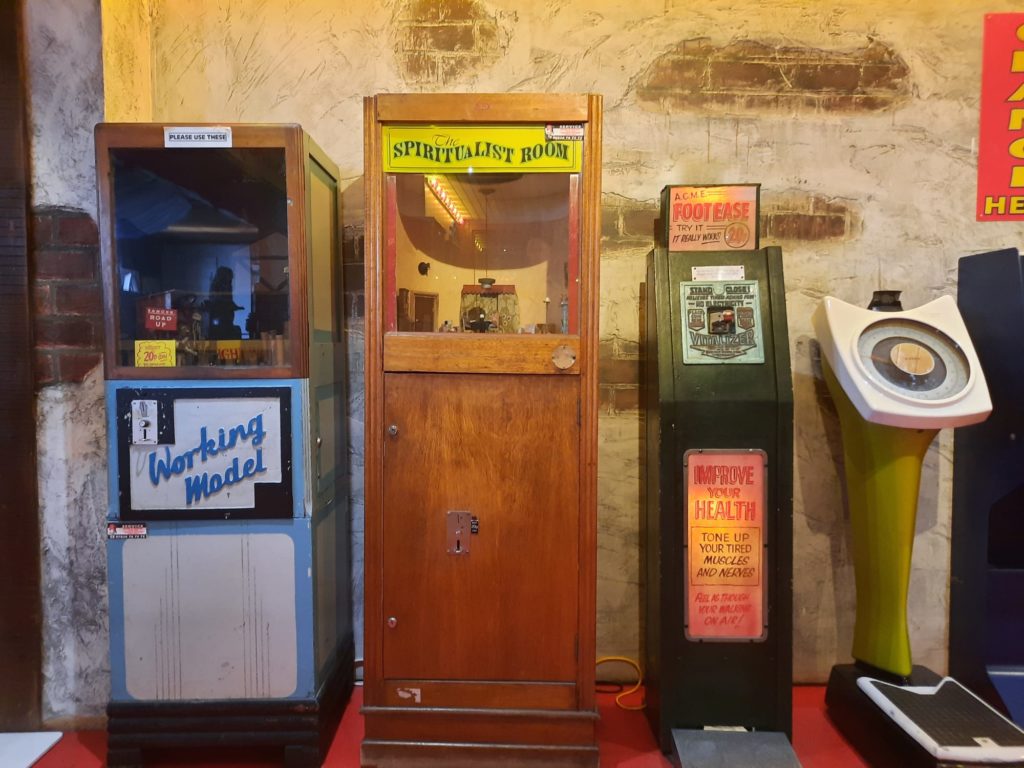
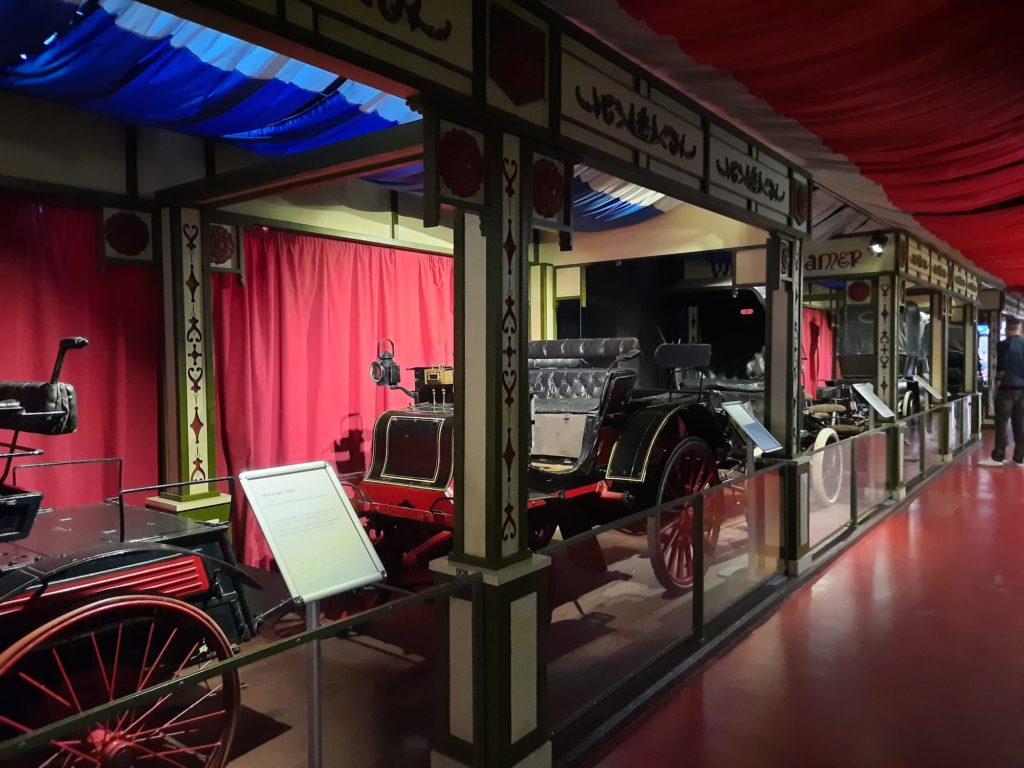
An Evolving Museum
There isn’t too much information available online on the history of the Streetlife Museum of Transport. But what there is is very interesting. Because while there has been a consistent core to the collection throughout, the museum’s focus has changed and split over the decades.
The story begins in 1925. And involves Thomas Sheppard, the first curator of the city’s museum collection. The first home of this collection was the Hull Municipal Museum, which we heard a little about in our last post. Thomas Ferens then donated some money and an art gallery opened above the museum. Even before the art gallery opened, though, the museum was on a hit and Sheppard got on a roll. Just take a look at this extract from his Wikipedia page:
“Sheppard’s character, coupled with the support of influential people led to the opening of further museums. Wilberforce House was opened in 1906, the Pickering Park Museum of Fisheries and Shipping (1912), the Commerce and Transport Museum (1925), the Easington Tithe Barn museum (1928), the Mortimer Museum (1929), and a Railway Museum in 1933. An ‘Old Times Street’ museum was also under development but destroyed before opening during the Second World War.”
Thomas Sheppard (curator) – Wikipedia
Quite the force of nature! But it’s the Commerce and Transport Museum we’re interested in today. This was housed in the former Corn Exchange Building (a fitting place), which is still part of Hull’s Museums Quarter today. The museum showed the development of Hull’s principal industries and advances in transport, including ten cars and some horse-drawn carriages. This and other museums were damaged during air raids in WWII, and it wasn’t until 1957, after Sheppard’s death, that the Museum of Commerce and Transport reopened as the Transport and Archaeology Museum.
It wasn’t too long, though, before the transport collection grew too large to share space with the archaeology collection. Work on a new site commenced in the late 1980s, and the Streetlife Museum of Transport (frequently referred to just as the Streetlife Museum on Hull Museums’ website) opened in 2002. The archaeology collection is now in the Hull and East Riding Museum.
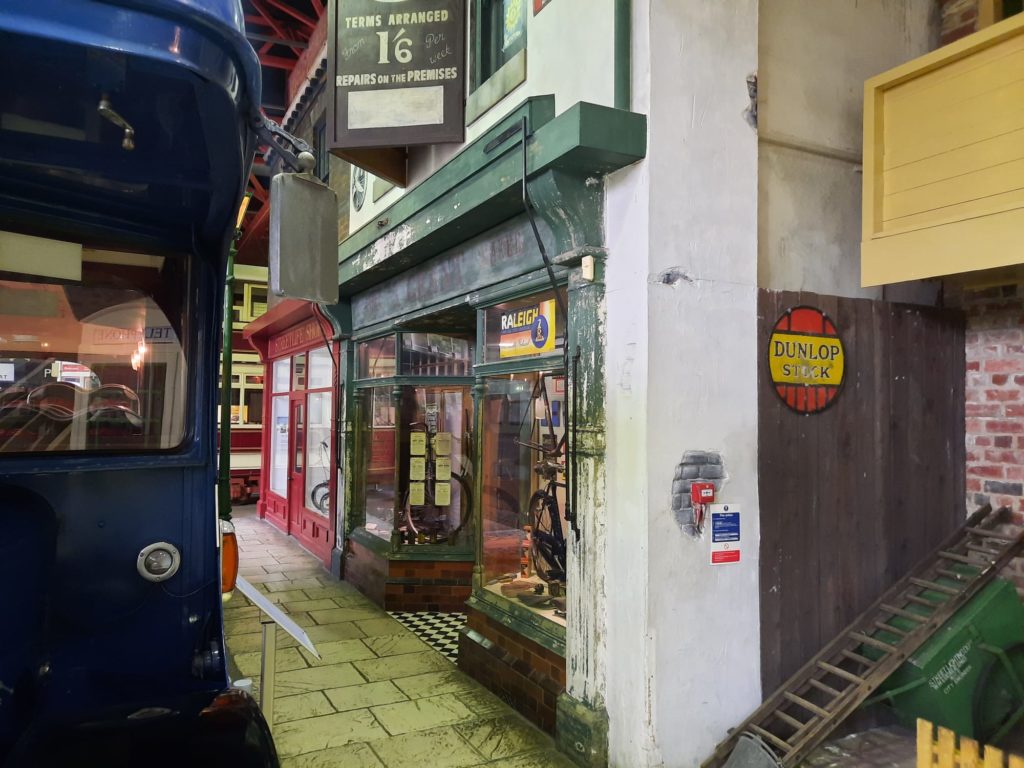
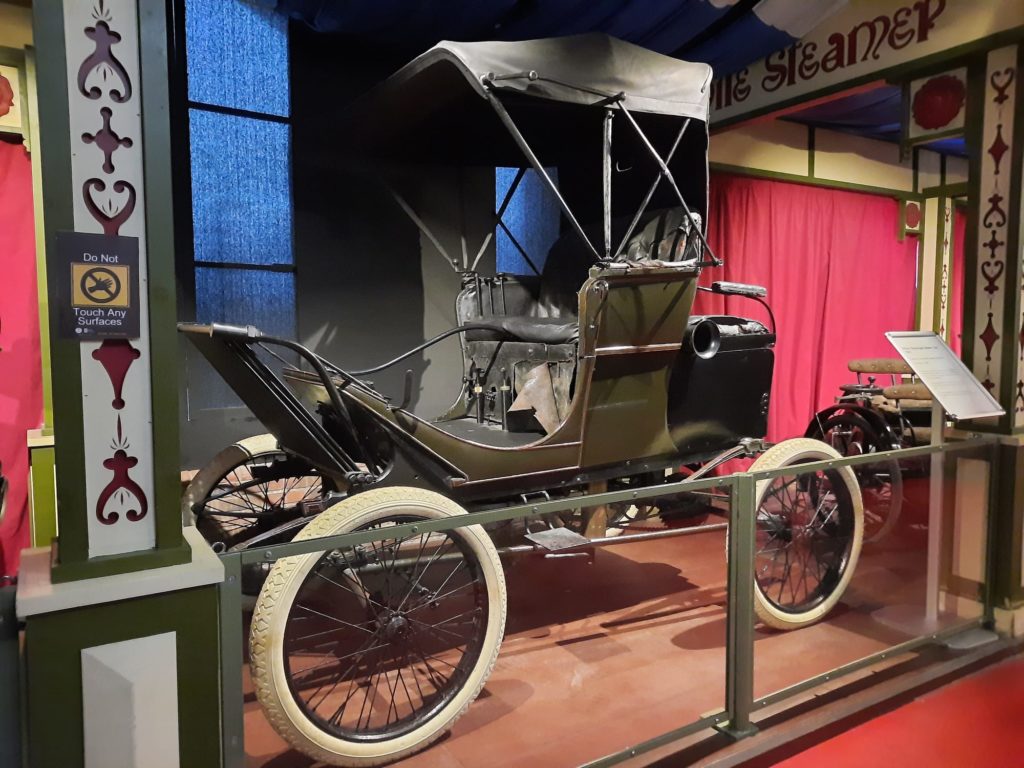
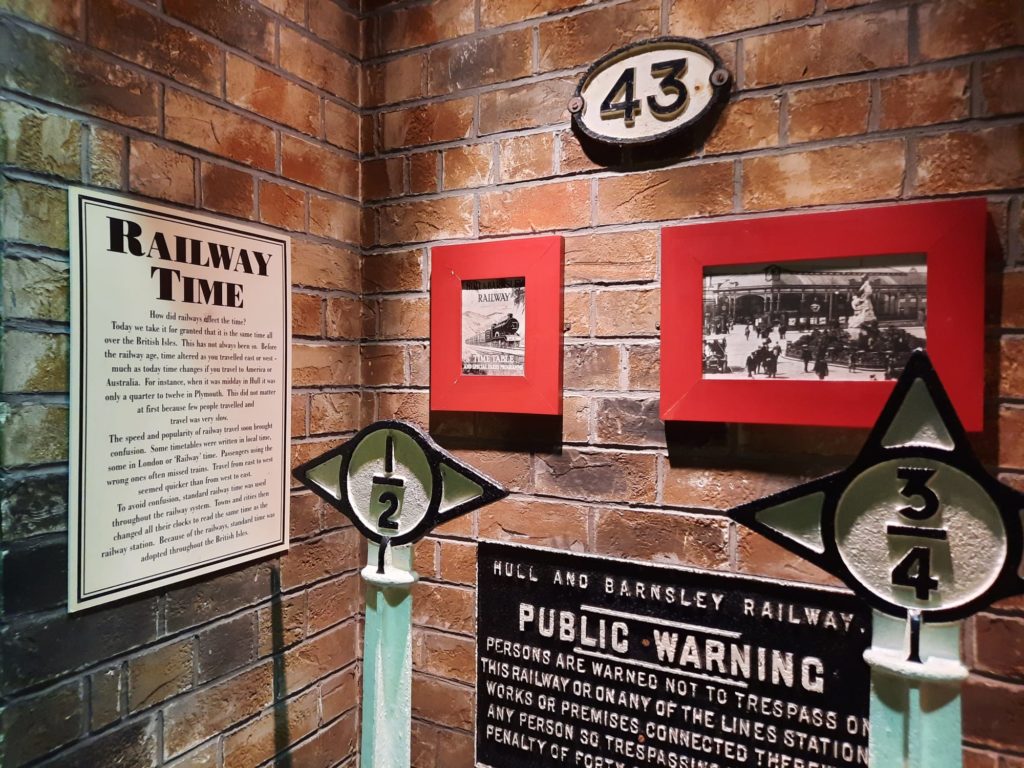
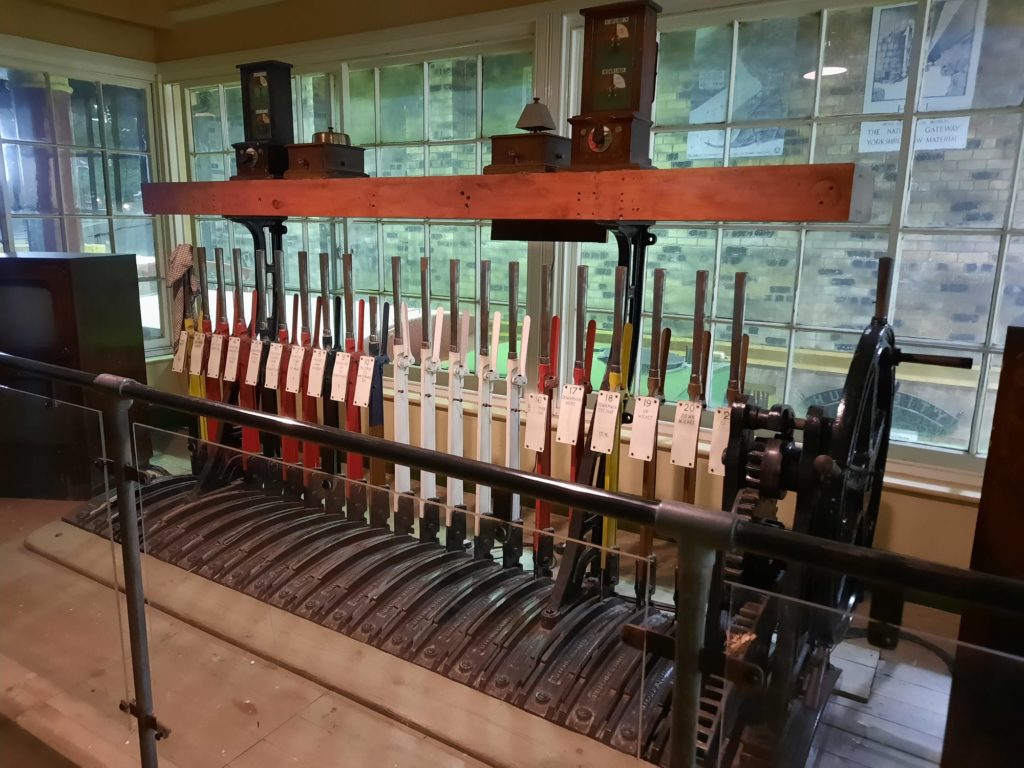
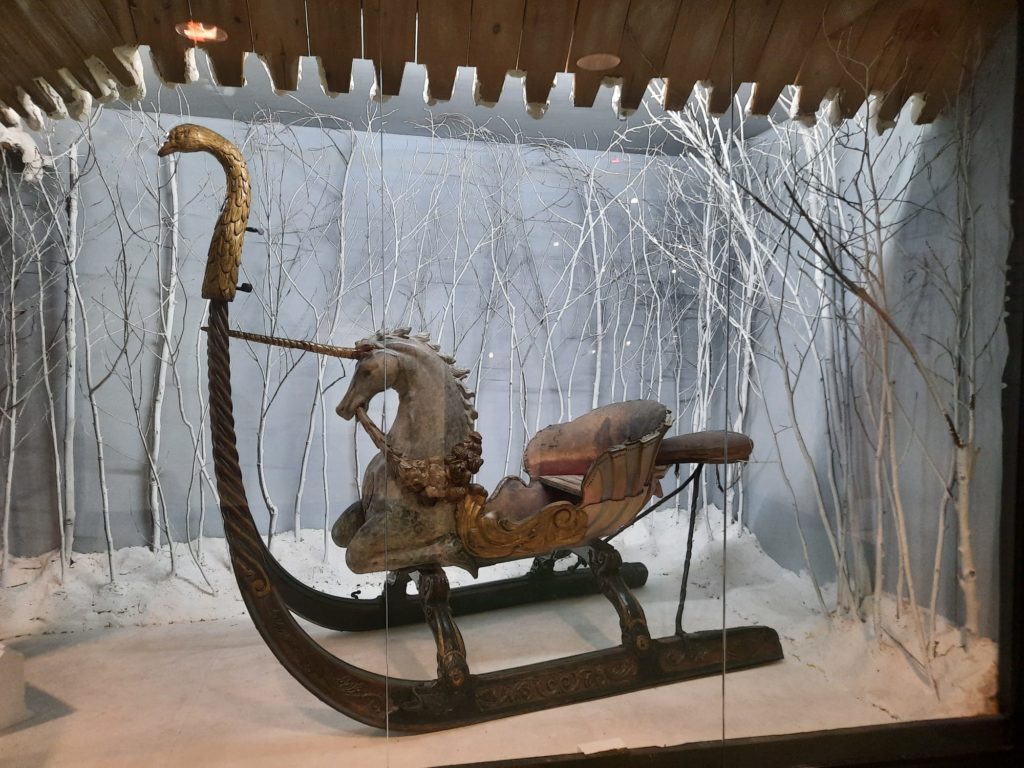
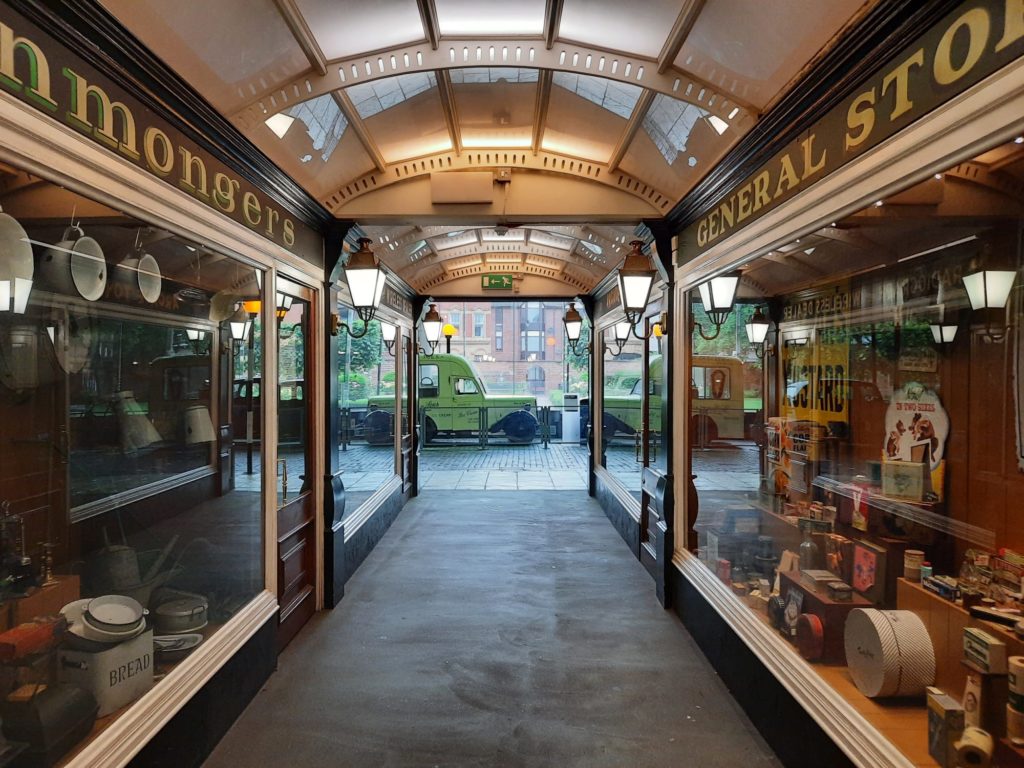
The Streetlife Museum of Transport
I like to think that, despite all those changes over the years, Sheppard’s curatorial impact lives on. Because combining transport and commerce sort of works, but is still a little odd. Today’s museum is largely transport-based. But transport is to get us around, and through towns and cities, by travelling our streets. So it’s not too much of a stretch to add segues into an old-timey cinema, arcade, or shops. The ‘streetlife’ within the title encapsulates it, really: how have our streetscapes evolved in terms of how we move around them and what they offer?
To take a look at the transport first. This is organised by type. Well, almost. We start near the entrance with a bit of a mix: a streetcar, and an odd three-wheeled car/motorbike designed for disabled people. But then we move into cars; a train-themed area including a signal box; and carriages and bicycles upstairs. It reminded me quite a lot of the transport section of Toitū Otago Settlers Museum. Expansive, great for families or those with good domain knowledge, and with lots of activities. While we were there we sat in streetcars, watched videos, and were treated to a bumpy experience of riding in the Hull York Mail Coach (I recommend it as a fun thing to do in a museum, but wouldn’t want to do it for real).
When it comes to the commerce side of things, I’ve already described most of it. There’s a little cinema where you can watch transport-related archival footage. Next door is an arcade. This is a regret for me: it looked really fun playing on the old machines, but you needed coins to do so. There was a change machine, but no options if you didn’t have cash. Worth noting if you intend to visit! And there was a ‘street’ with shops. A chemist, a sweet shop, a greengrocer and so on: displays of historic goods with explanations on how these shops or their wares functioned in society.
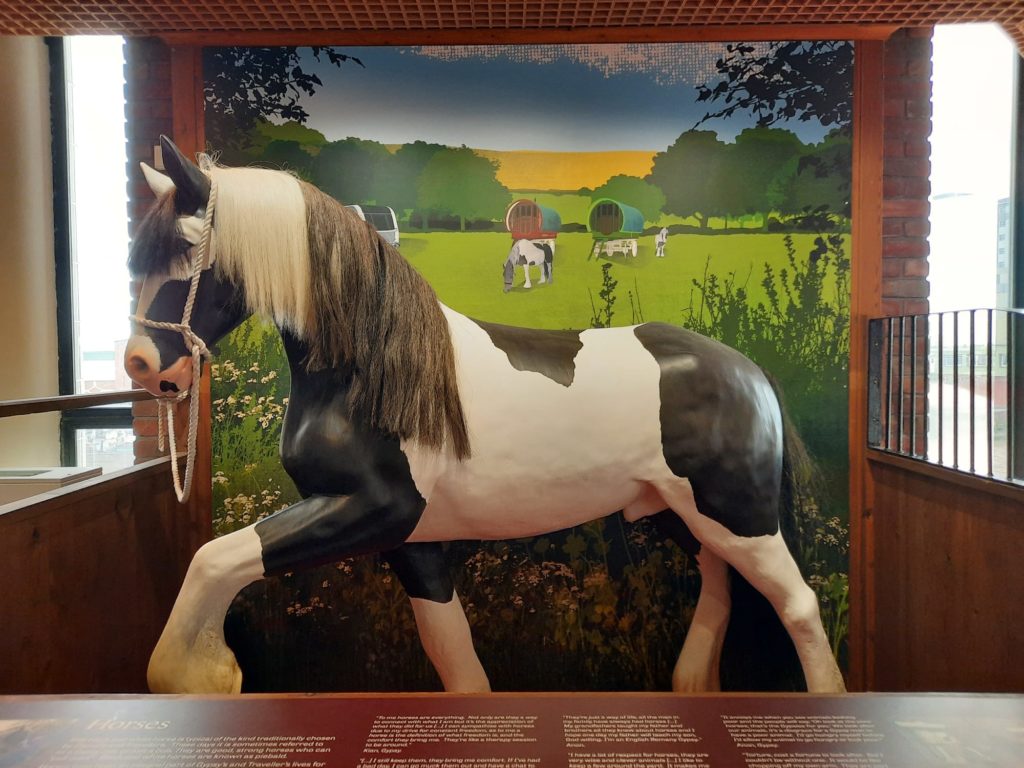


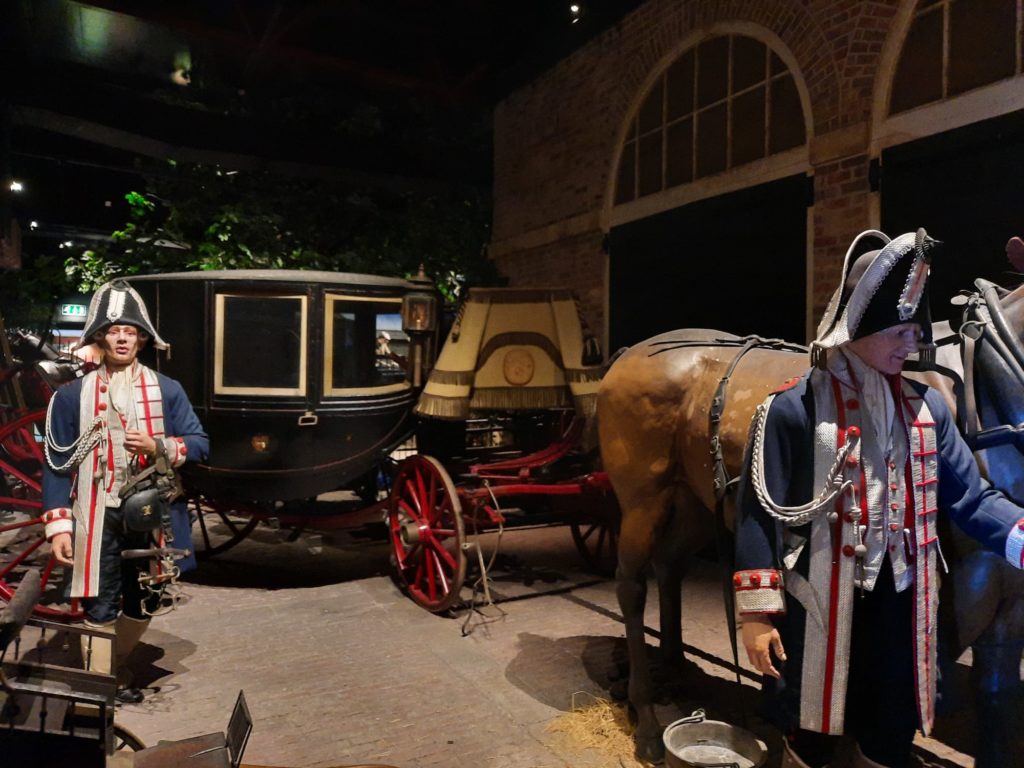
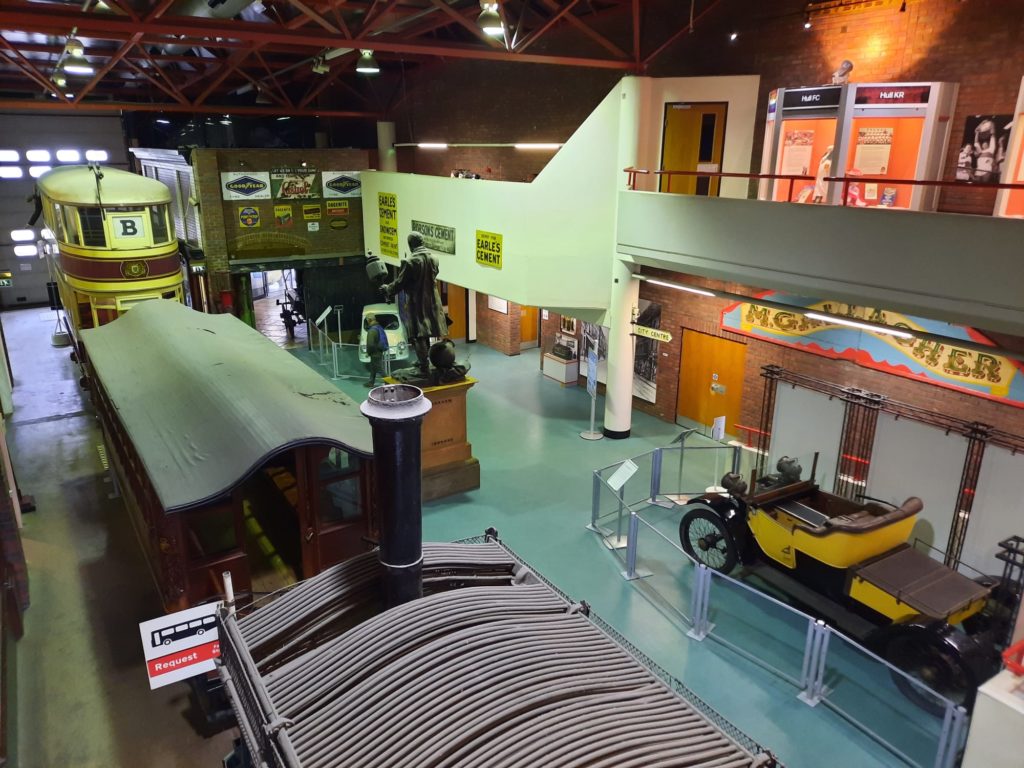
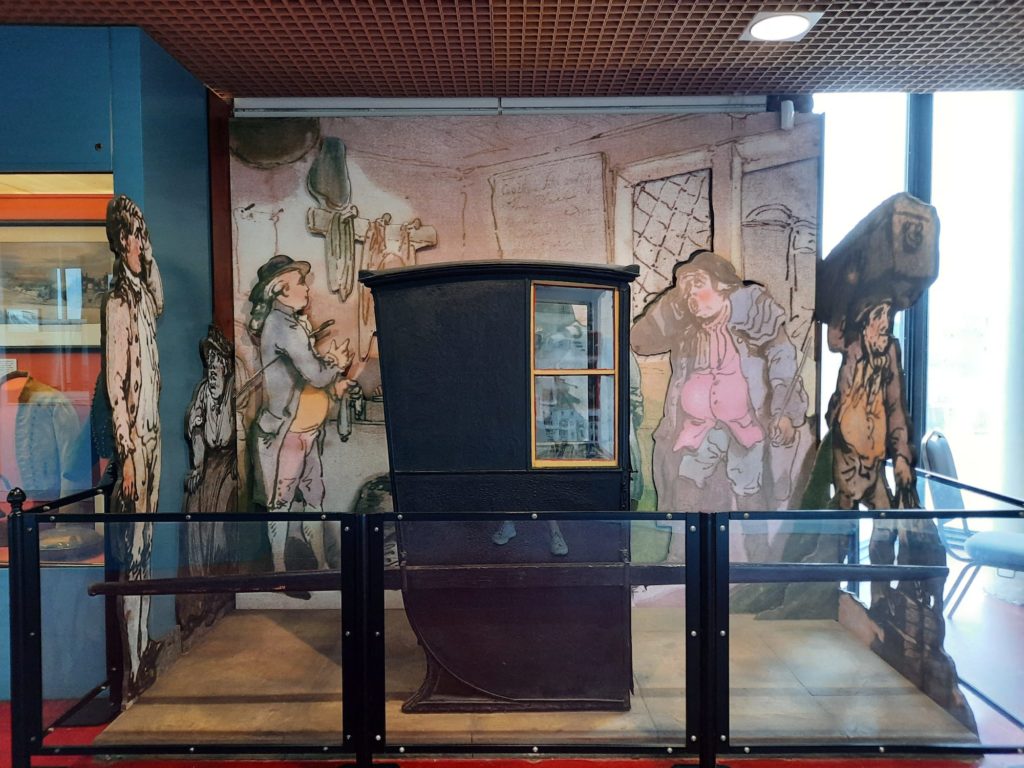
A Few Highlights
Some of my highlights I’ve already mentioned. I liked the ride in the mail coach. The signal box was very impressive. The arcade looked fun. In the section on cars it was a surprise to me how many early experimental cars were electric or otherwise fairly eco-friendly. A missed opportunity… Similarly the variety in early cycles looks amusing to us today, habituated as we are to the usual bicycle form. But there’s something fun about those early days of possibility with a new technology, before a couple of competitors in the field pull ahead and start to dominate.
I also enjoyed some of the outliers. With almost a century under its belt in some form or another, this really is an expansive collection. There is a highly decorated Sicilian carriage which has not much to do with anything else. A ceremonial wheelbarrow shaped like a rhinoceros. And Lady Chesterfield’s winter sleigh, a unicorn-shaped confection like something from The Nutcracker. When you emerge from the shopping street, a plane hangs over you. It’s wonderful to have enough space to have all of these items out on display. Although some further thoughts on this in a little bit.
Finally, I liked the museum’s dioramas. There are a lot of them, particularly concentrated in the area with horse-drawn carriages. Dioramas with mannequins might seem a little old fashioned, but it’s a solid way to convey information about how these collection items were used, and in particular the different social contexts of different carriages. What takes it out of ordinary and into engaging and often amusing are the stories within the scenes. The mannequins are all doing something. Money is passed over to a woman begging. A dog is causing chaos. The well-heeled are watching a horse race. The mannequins appear to be modelled on real people (an approach also seen here) and it was a lot of fun for me spotting all the details, probably more so for families and other repeat visitors.
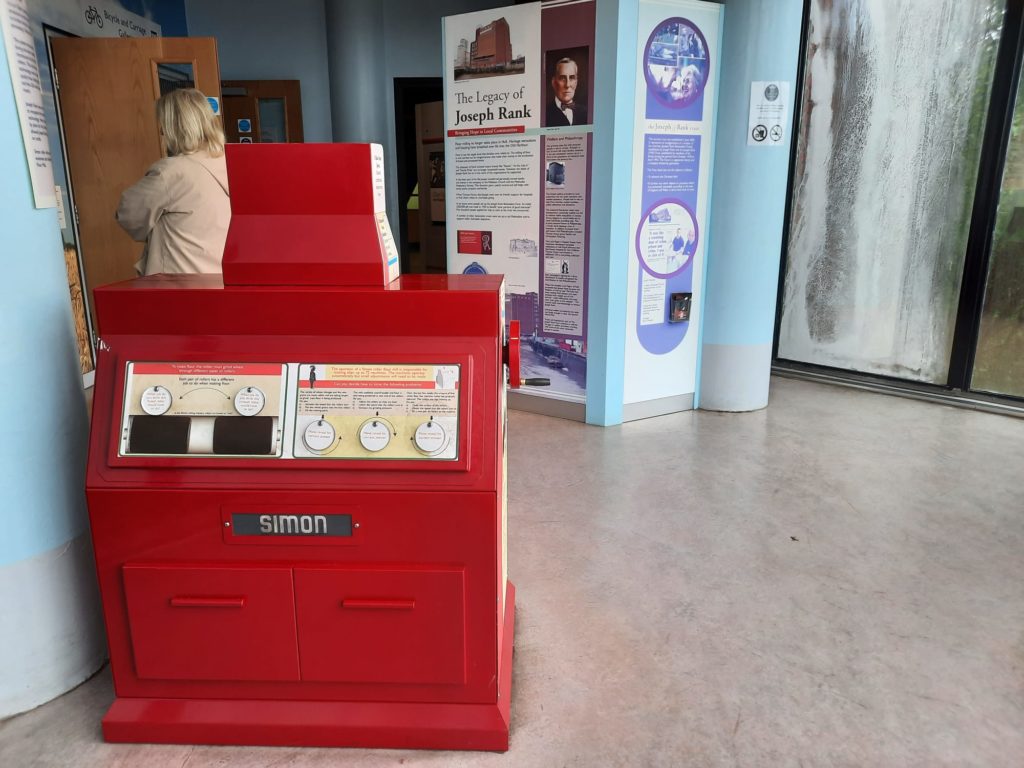
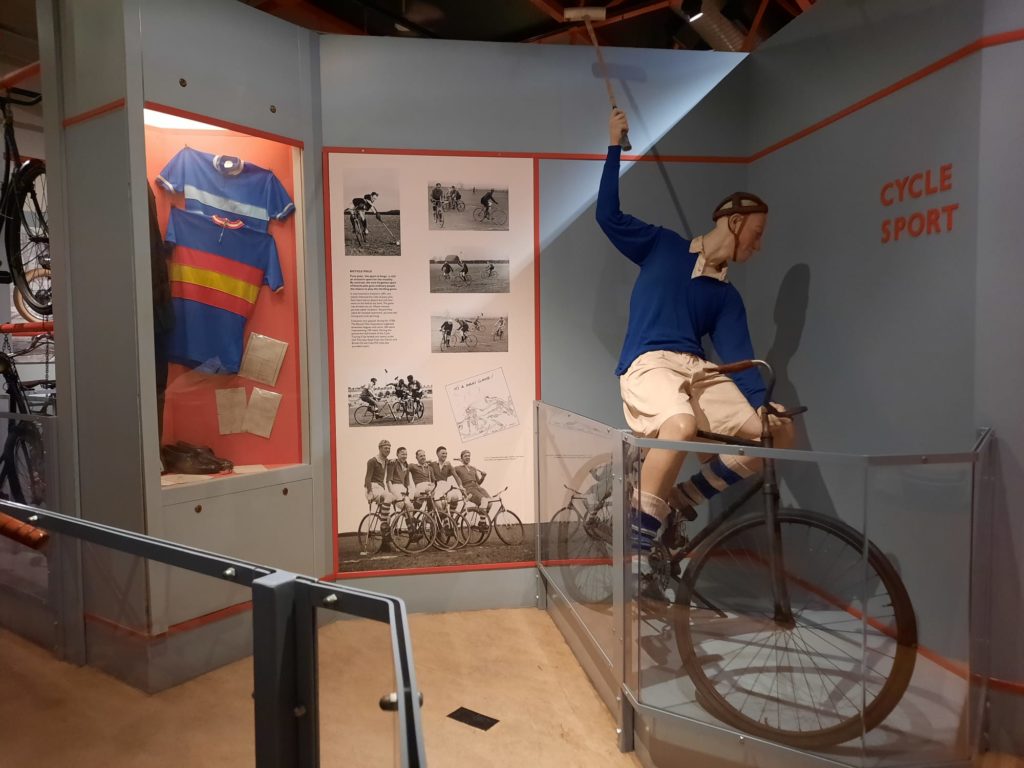
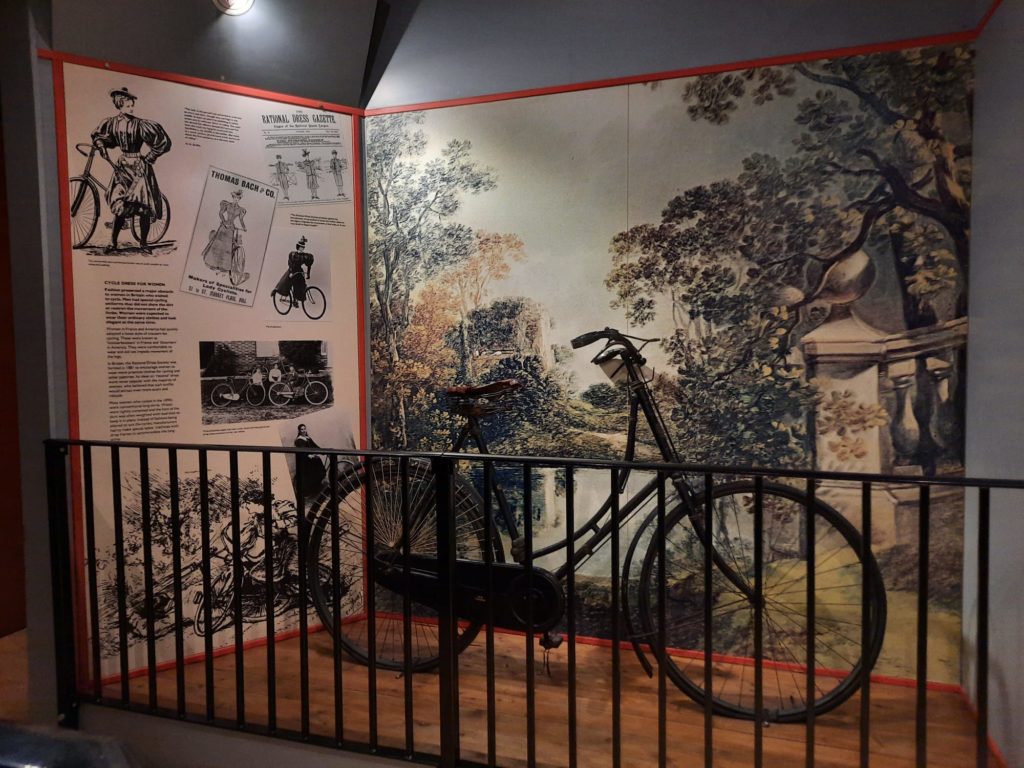
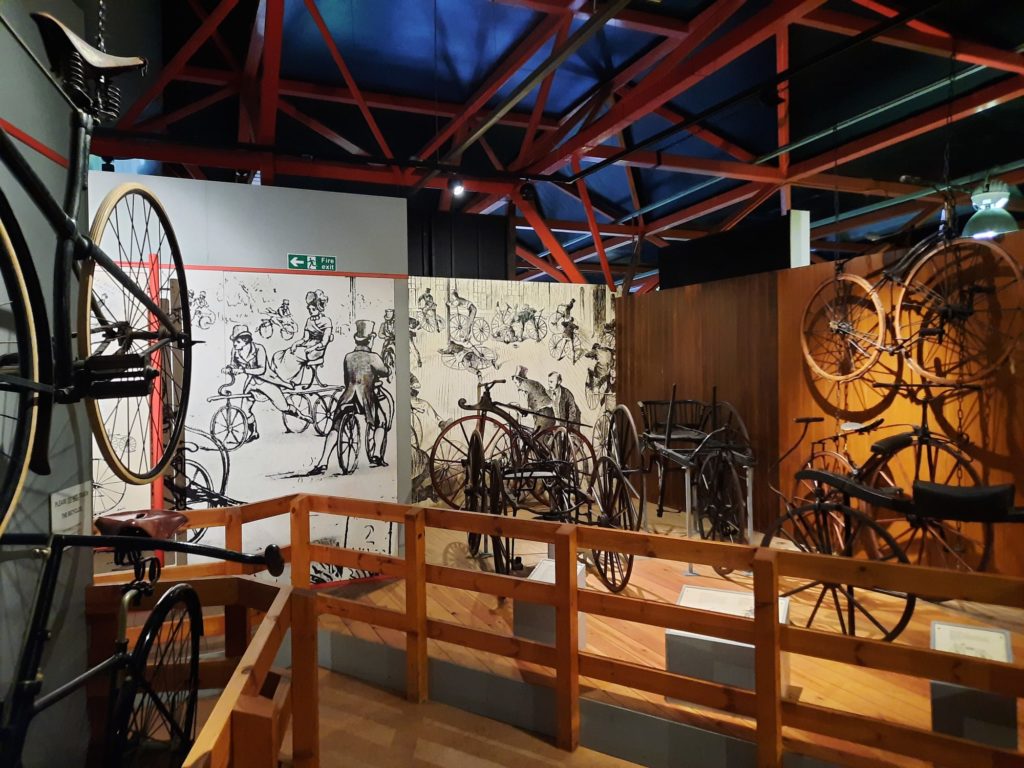
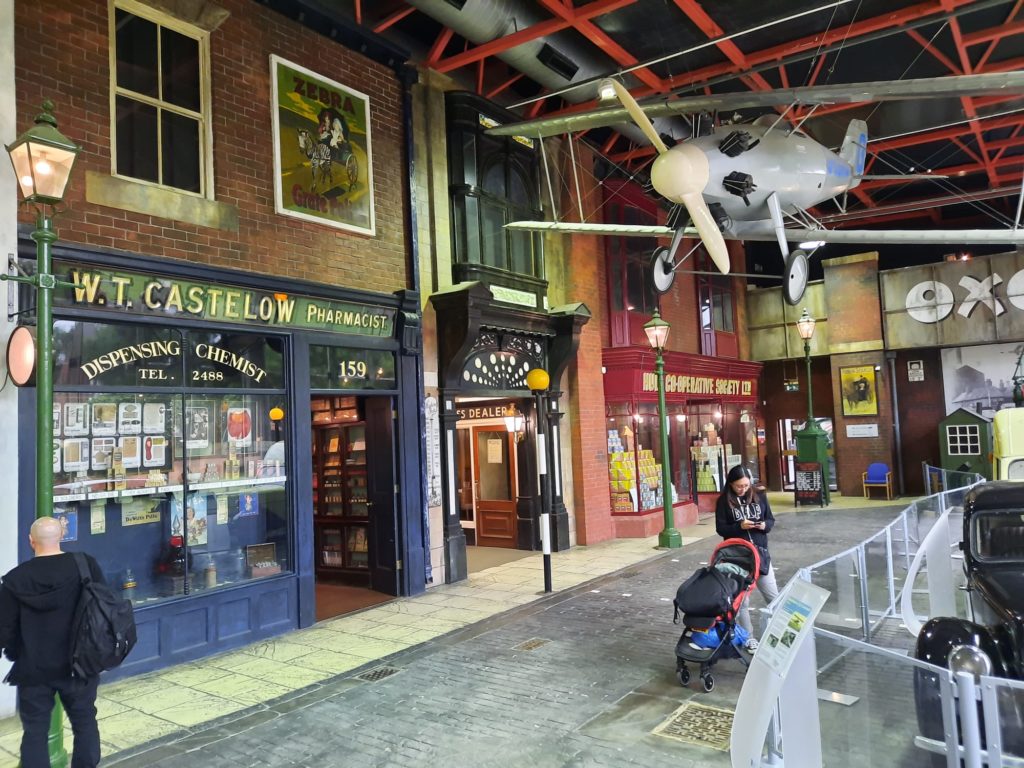
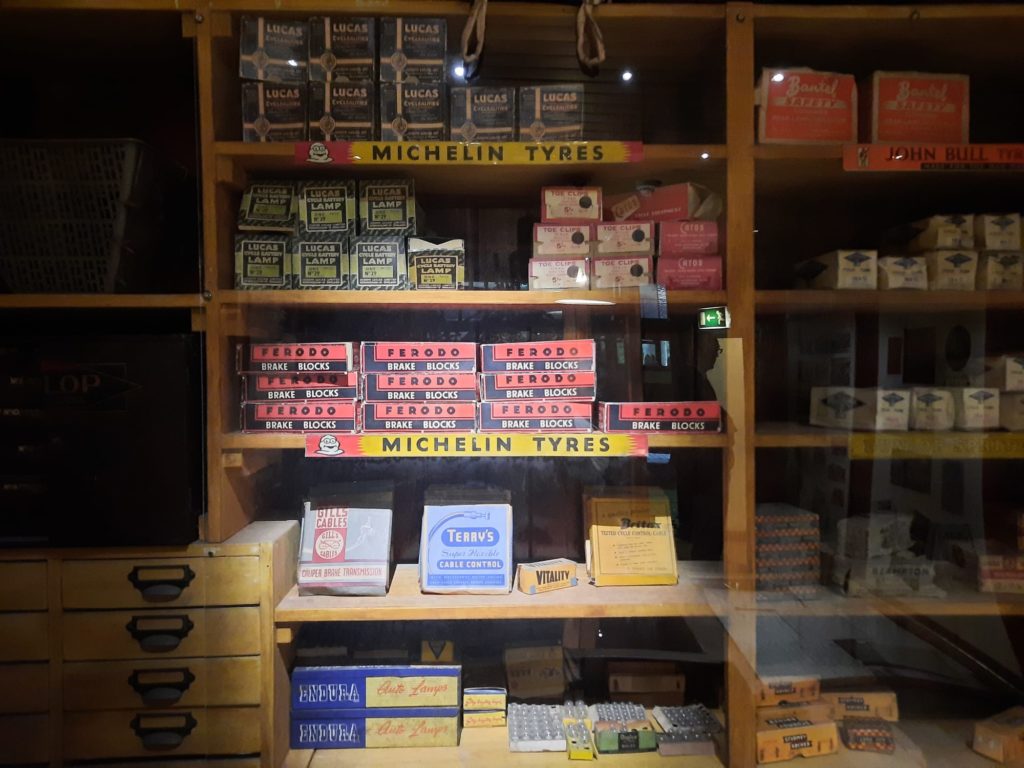
A Busy Museum Experience
Although I very much enjoyed the Streetlife Museum of Transport, I found there was really a lot to take in. I know I’m contradicting what I said I enjoyed in terms of the variety and the odd outliers, but that’s nonetheless my assessment. It is one of those museums where it feels like, over time, they’ve thought of more ideas and found a corner to accommodate them. A couple of examples are a display on a local miller in an upstairs corner, a window devoted to local aviation pioneer Amy Johnson, and a display on Traveller families not quite up to the quality of the rest.
Unless you have easy access to the Streetlife Museum and will return a few times, I suggest following your nose. There isn’t a fixed path to navigate the museum, so let curiosity be your guide and stop when you’ve had enough. I most enjoyed my early wanderings when I was off climbing stairs or around a corner before my museum-going partner knew where I was. Although they were amusing I could have happily skipped the cycles entirely and been none the worse for the omission.
One constraint on time spent in the Streetlife Museum of Transport is its lack of café. It seems strange for a space of this size not to offer rest and refreshments. Perhaps it’s that there’s always another story that floor space could tell?
Don’t let this put you off, though. There’s a picnic space outside, after all. So prepare your snacks (and coins for the arcade) and head to the Streetlife Museum of Transport. In a short space of time here, I learned a lot not only about Hull, but about commerce and transport too. Thomas Sheppard would be pleased indeed.
Salterton Arts Review’s rating: 3.5/5
Trending
If you see this after your page is loaded completely, leafletJS files are missing.

